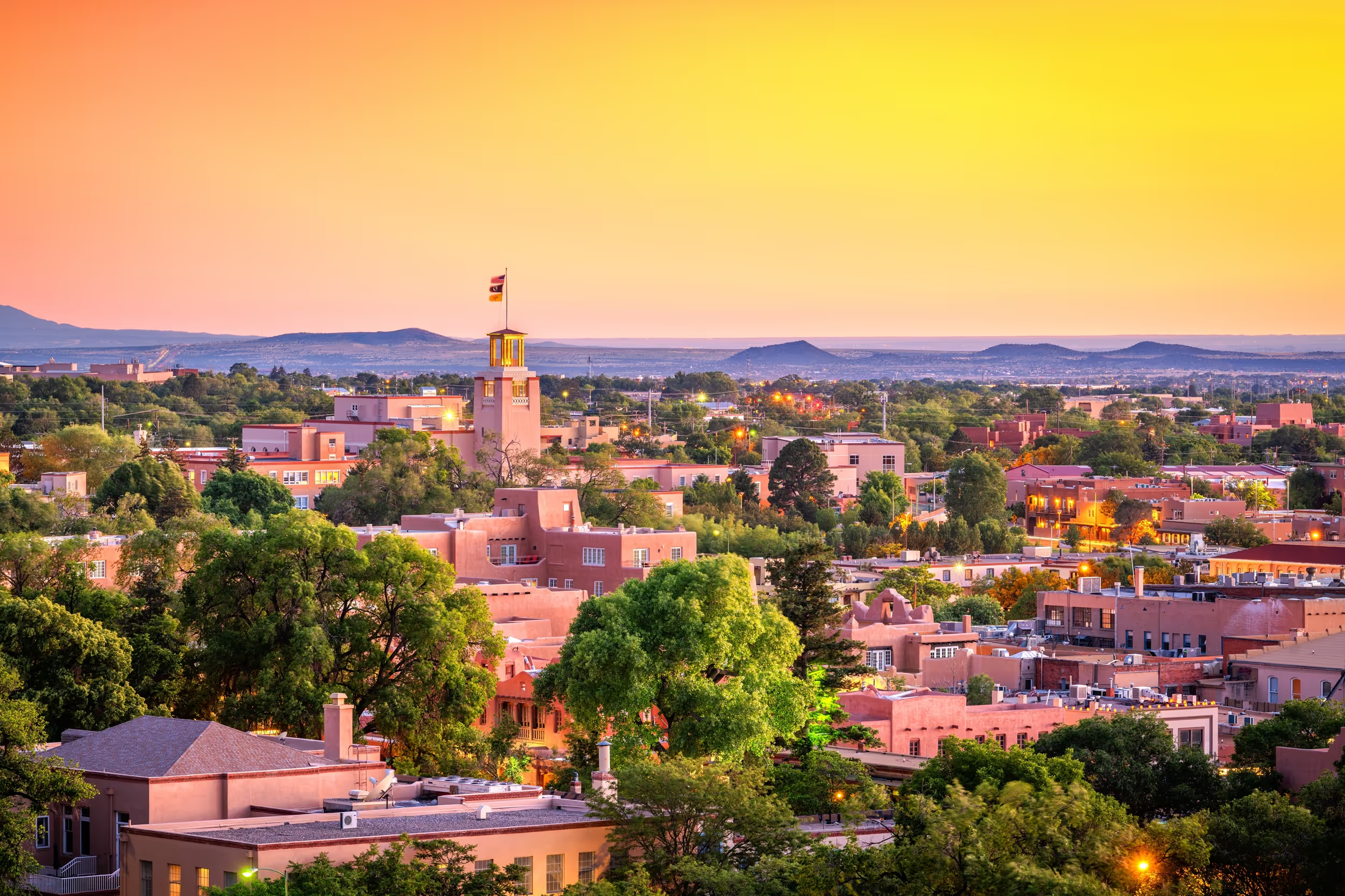Tips For Hosting a Group Business Lunch Meeting

Hosting a business lunch for your company?
Planning ahead will ensure everything goes smoothly!
This guide is full of tips to help you host a successful business lunch meeting. We’ll go through everything from start to finish, including meal planning, hotel booking, and what to wear.
Follow these tips to pull off your event without a hitch!
Table of Contents
1. What’s the Best Time for a Business Lunch Meeting?
2. How to Pick a Restaurant for Your Business Meeting
3. How to Plan a Lunch Meeting Agenda
4. Should You Send Invitations?
5. How to Plan a Business Lunch Menu
6. What to Wear When Hosting a Business Lunch
7. A Few More Tips for Hosting a Group Business Lunch
1. What’s the Best Time for a Business Lunch Meeting?
A business lunch should happen at lunchtime, right?
Sounds easy enough, but the “normal” lunch hour is different for every company.

On top of that, if you’re trying to book a large event, the typical noon-to-two block is the busiest time for most restaurants.
Still, timing is important.
Any of your attendees who are coming from out of town most likely have the day off already. That narrows your main concern down to your local guests.
Put yourself in their shoes, if possible.
What do you know about their schedule? When do they normally go to lunch? Will they be taking time out of their workday to attend?
How long do you expect your meeting to take, including greetings, stragglers, ordering, and the agenda?
It’s not necessary to start at a set time, but it’s easier for guests to remember events that occur on the hour.
If you’re trying to avoid messing with work schedules too much, stick with a 12:00 or 1:00 lunch if you can find a good venue.
But if privacy and a relaxed atmosphere are more important, you can start as early as 11 a.m. and as late as 2 p.m.
2. How to Pick a Restaurant for Your Business Meeting
The venue is just as important as the time.
Holding a business meeting in the wrong location can cause a lot of problems. When a guest has a bad impression based on a poor lunch meeting, it can seriously impact the way they see you and your business.
Read on for some tips on how to find a good place to host your meeting.
Location

Wherever you choose, it needs to be conveniently located to reduce travel time. But it also must be open (and available) when your lunch is scheduled.
Something else to consider is the typical traffic patterns for that time of day. Will your guests have difficulty getting there on time? Will they have easy access to parking? If you live in a busy city like New York, definitely factor in traffic.
Capacity
Not all restaurants cater to large groups. If your business meeting is going to have six or more people in it, make sure you check with the restaurant staff to see if they can accommodate you.
This is especially necessary now, as the pandemic forced many restaurants to adjust their capacity policies.
Accommodations
Just because a restaurant serves your favorite meal doesn’t automatically make it a good place for business lunches. Be careful when choosing a place for your meeting.
If you plan to stay awhile, ask how the restaurant feels about lunch events. Some places encourage these meetings, while others would rather you come, eat, and leave.
Your guests’ dietary restrictions (such as gluten-free or vegetarian) are another crucial point to consider. When you’re talking to the host about reservations, ask about their ability to accommodate specific diets.
Ambiance
Choose a venue that’s professional but not so upscale that a business crowd looks out of place.
At the same time, a place known for its casual party environment isn’t the right locale for you. Crowd noise, music, and other potential distractions need to be considered.
Tip: Consider a Hotel Conference Room Instead of a Restaurant
At a restaurant, even with a reservation, you may have to wait for a table and your food if it’s really busy.
To avoid this (along with potential distractions), you could hold your meeting in a hotel conference room. Instead of going to a restaurant, plan for caterers to bring food to the hotel.
It’s much easier to plan a large event this way, especially if out-of-town guests are staying in the area. You don’t have to deal with outside influences or a packed restaurant, and you may even be able to save money by booking a meeting package.
For any guests coming from out of town, check with nearby hotels to see if you can get them a discounted business rate. Instead of calling each place individually, use a reputable site like Engine to do the searching for you.

3. How to Plan a Lunch Meeting Agenda
With the venue booked, it’s time to plan your agenda.
As you outline your meeting agenda, remind yourself of the main reason for the lunch. Make sure every part of the schedule serves that purpose.
Use these tips to include everyone and make them feel like their time is valued
- Follow a timeline. Come up with a plan for regulating the meeting. Ask a co-host or trusted colleague to help you stay on schedule (in case you get distracted)
- If you have a small group, plan ways to purposefully include each attendee. What are their strengths? Where can you ask them relevant questions to get them to participate? Make notes in your own agenda about how to include each guest.
- Have a clear action plan ready for the end of the meal. It’s all too common for hosts not to have a closing strategy. If no one has any questions and you’re not prepared to fill the time, the silence can get awkward.
Tip: Ask for Questions Throughout the Meeting (Not Just at the End)
When you include Q&A opportunities frequently throughout your meeting, there is automatically more engagement. Just make sure to stick to the subject at hand so that you don’t go off schedule.
If you choose to do a dialogue presentation, be sure you know how to steer the conversation back to the agenda. The questions that you suggest get “saved for later” will give you a good idea of how much time you need to block for your post-agenda Q&A session.

4. Should You Send Invitations?
Yes, you can call everyone and invite them to lunch, but that’s not exactly the professional way to do it. A phone call agreement is easy to forget, especially if you call when the other party is busy.
Since you’ve already prepared an agenda, you can use it to design your invitation. Sites like Canva have pre-made templates that you can customize to suit your needs and send via email.
Tips for Creating and Sending Business Lunch Invites
The formality of your event will dictate the content of your invitation.
This site does a really good job at illustrating how formal lunch invitations differ from casual and working lunch invitations. They have some great templates, too.
The format isn’t your biggest concern, though — the information is the most important part.
Aside from the basics (the where, when, why of the meeting), here are some important pieces of information you should include on the invite:
What to Bring
Will everyone need a notepad and pen? Are you supplying these materials, or should they bring their own?
Let them know on the invitation if they need to arrive with anything specific.
Menu
Including the venue is a given, but not everyone will be familiar with the menu. Add a short blurb that summarizes the restaurant or caterer’s main fare.
Tell everyone to reach out if they have any dietary restrictions. Stress that they need to contact you by a certain deadline so you can arrange for accommodations.
Attire
If you don’t include any attire guidelines, you’ll probably get a handful of calls from people wondering what to wear.
Save everyone some time by stating whether it’s a casual, business casual, or formal event on the invitation.
Lodging Options
Let out-of-town guests know the closest hotels to the venue you chose. If you were able to negotiate a reduced rate, include the discount code and deadline to book a room.
Send your finished invitations out via email or a professional social media account, such as LinkedIn.

5. How to Plan a Business Lunch Menu
There are three main choices that you have as the host of a business meal:
1. Let Everyone Choose Their Own Meals
This option is the best option for small lunches, especially if the guests are expected to pay their way.
You should still make a reservation to ensure there’s a table for your party, but everyone can order their own food and beverages.
2. Plan a Menu With the Restaurant
You can call the restaurant and arrange a specific menu that only includes items in your budget. Let each person pick from the limited menu.
This is a favored option for hosts who have a business credit card and are being reimbursed by their employer.
3. Order a Catered Lunch
You can also have the restaurant or a caterer prepare common entrees ahead of time.
This isn’t as popular of an option, but this one works best when you’re at an off-site venue.
Important note: Whichever menu you decide on, consider any dietary restrictions your guests have informed you about.
Will they have at least two or three choices, or will they be stuck with one meal option? To make a good impression, let the guest know ahead of time if their food choices are limited.
6. What to Wear When Hosting a Business Lunch
You’re the host, which means that your guests will — subconsciously or consciously — look to you as the authority in the room.
Your attire should be professional and in line with the company you’re representing. As the host, you should try to dress a step above your lunch guests, even if you typically dress casually at work.
You don’t have to wear a dress or suit and tie, but you should have a nice outfit.
A good rule of thumb to follow is to wear something that you’d proudly wear to a job interview.
7. A Few More Tips for Hosting a Group Business Lunch
In addition to the venue, meal, and your part as the host, here are a few miscellaneous things to help you get ready for your meeting.
Prepare the Venue Before Guests Arrive

Show up early and prepare the tables for a meeting.
Lay out any supplies everyone will require, or have extra essentials (pens, notepads, etc.) on hand in case anyone forgot something.
Greet Everybody
If any of your guests are introverted or from out of town, they’re probably going to feel uncomfortable at first.
Greet each guest when they come in and seat them if you are assigning seats
If they appear to not know anyone in the room, introduce them to someone seated nearby.
Display an Itinerary
If you’re using visuals to enhance your presentation, you already have the perfect setup to avoid repeating yourself.
Create a brief itinerary to display as your guests walk in.
People will naturally wonder when the servers will take their order and whether meals will be eaten throughout the meeting or cleared prior to the speaking engagements. Include this on your itinerary to answer before anyone has to ask.






.jpg)

.jpg)






![What is an OBT? [+ Why They Matter]](https://cdn.prod.website-files.com/66a41388b1be9ba182f1e80c/66f97c4190ac5e26bea90c05_66a41388b1be9ba182f1efc0_online-booking-tool.avif)

.avif)










.jpg)




.avif)







